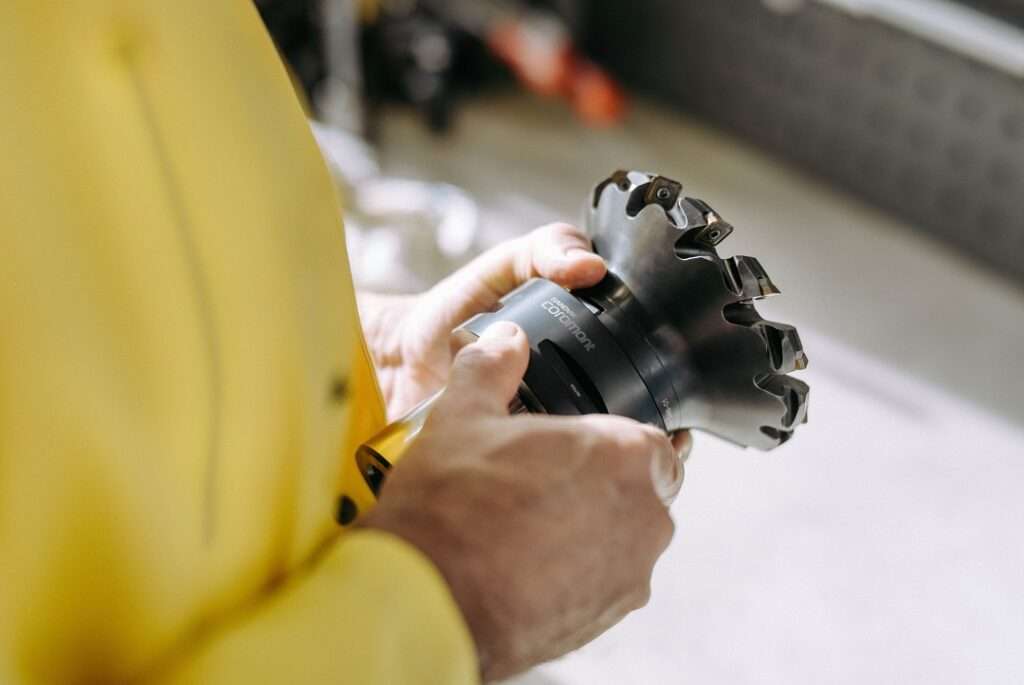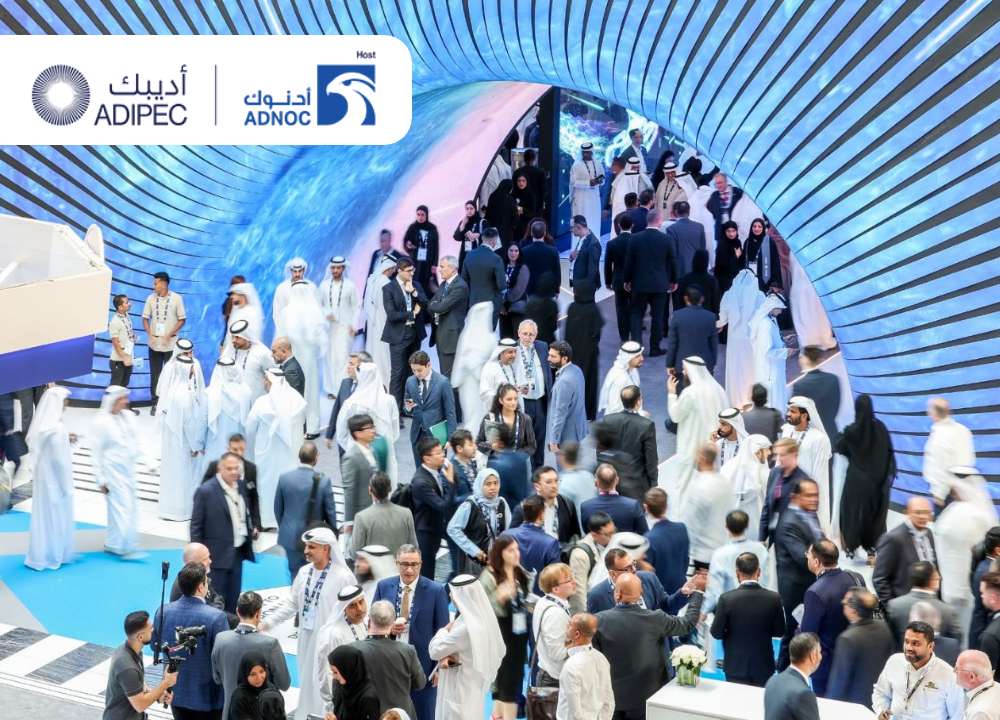Nissan is testing a new type of automotive paint designed to keep vehicle interiors cooler during hot weather and reduce the need for air conditioning. This paint has been developed in partnership with Radi-Cool, a company that specializes in cooling products. The paint uses metamaterials, which are synthetic materials with unique properties.
In November 2023, Nissan began a one-year trial of this paint at Tokyo International Air Terminal at Haneda Airport. The test involves a Nissan NV100 service vehicle operated by All Nippon Airways (ANA) airport services, in collaboration with Japan Airport Terminal Co., Ltd., Radi-Cool Japan, and ANA airport service.
Impressive Initial Results
Haneda Airport’s large, open tarmac was ideal for testing the paint’s effectiveness in high temperatures. Although the trial is ongoing, the results so far are promising. When parked in the sun, vehicles with Nissan’s cool paint show a reduction of up to 12 degrees Celsius on the exterior surface and up to 5 degrees Celsius inside the cabin compared to vehicles with traditional paint.
This cooler cabin temperature makes the vehicle more comfortable to enter and requires less air conditioning to reach a pleasant temperature, reducing the load on the engine or, in electric vehicles, conserving battery life. This improves efficiency and enhances passenger comfort.
Nissan’s cool paint contains two special particles that react to light. One particle reflects near-infrared rays that would normally heat the vehicle’s surface. The other particle creates electromagnetic waves that deflect the sun’s energy away from the vehicle, reducing heat transfer to the car’s surfaces like the roof, hood, doors, and panels.
Nissan Expert Leading the Project
Dr. Susumu Miura, senior manager and expert at Nissan’s Advanced Materials and Processing Laboratory, leads the paint development project. Known for his work on Nissan’s noise-reducing acoustic material, Dr. Miura has focused on making cars quieter, cooler, and more efficient throughout his career.
“My dream is to create cooler cars without consuming energy,” Dr. Miura stated. “This is especially important for electric vehicles, where using air conditioning in summer can greatly impact battery life.”
While radiant cooling paint has been used for buildings, adapting it for cars presents challenges. It is often thick and applied with a roller, leaving a chalky residue. Dr. Miura aimed to make a version that could be applied with a spray gun and meet Nissan’s quality standards.
Since starting the development in 2021, Dr. Miura and his team have tested over 100 samples. They are currently using a thickness of 120 microns, about six times thicker than regular automotive paint. The team has ensured the paint’s resistance to salt, chipping, peeling, scratches, and chemical reactions while maintaining color consistency and repairability.
As development continues, Dr. Miura and his team are exploring thinner paint options that offer the same cooling benefits. They hope to eventually offer this paint in various colors for special orders. Dr. Miura sees significant potential for this paint, especially for light commercial vehicles like vans, trucks, and ambulances that spend a lot of time in the sun.







